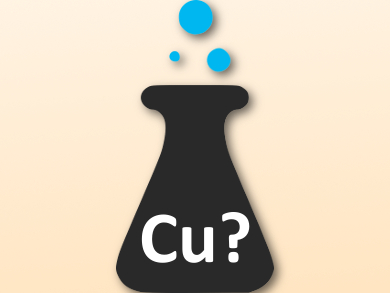Metal-free and catalyst-free reactions are becoming a new trend in organic synthesis. In some cases, metal impurities at the parts-per-million level are found to be the real catalysts. These findings can help to develop new types of high-turnover catalysis, but also show the difficulty of understanding the mechanism and identifying the true active catalyst.
Dean J. Tantillo, University of California, Davis, USA, Richmond Sarpong, University of California, Berkeley, Jason E. Hein, University of California, Merced, and colleagues have developed an apparatus to monitor reactions by ReactIR (real-time infrared spectroscopy) and Liquid chromatography-mass spectrometry (LCMS). The automated reaction sampling apparatus collects time-dependent concentration data for all chemical species during the reaction with a very high data sampling rate. This provides important information for mechanistic studies.
Such kinetic studies on a known metal-free heterocycloisomerization reaction of alkynes, combined with density functional theory (DFT) calculations, showed that the proposed mechanism was questionable. With the help of the new apparatus and additional experimental studies, the researchers revealed that trace amounts of a copper contaminant in the starting material were the real catalyst in the isomerization reaction.
- Mechanism of a No-Metal-Added Heterocycloisomerization of Alkynylcyclopropylhydrazones: Synthesis of Cycloheptane-Fused Aminopyrroles Facilitated by Copper Salts at Trace Loadings,
Sidney M. Wilkerson-Hill, Diana Yu, Phillip P. Painter, Ethan L. Fisher, Dean J. Tantillo, Richmond Sarpong, Jason E. Hein,
J. Am. Chem. Soc. 2017.
DOI: 10.1021/jacs.7b06007



